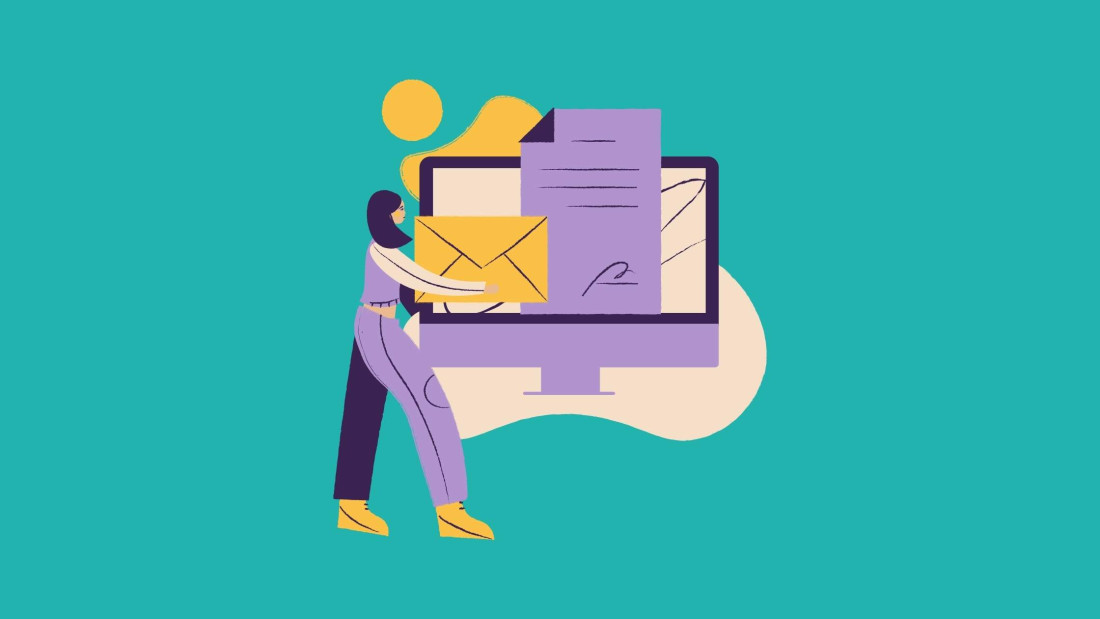Make Your Launch Emails Clear, Simple, and Effective

Launching a product is exciting but also stressful. You’ve worked hard to create something worth sharing, and now you need people to notice it.
Email is still one of the best ways to reach your audience directly. The challenge is writing an email that gets opened, read, and acted on. Good product launch emails can help you do exactly that.
The key is keeping things simple, clear, and focused. People are busy, and you only have a short window to make your point.
A strong subject line, clear message, and call to action are the building blocks of an effective launch email. Let’s look at how you can make yours work.
Why Email Works for Product Launches
Email gives you direct access to your audience without relying on social media algorithms. When someone joins your mailing list, they’re showing interest.
That makes them more likely to pay attention when you share news about your product. Unlike ads, which people often scroll past, emails land right in the inbox and can be revisited later.
Another strength of email is personalization. You can segment your audience and send different versions of your launch email depending on who you’re speaking to.
For example, loyal customers might receive early access, while new subscribers could get a special discount. This makes the message feel more personal and relevant, which increases engagement.
Finally, emails are measurable. You can track open rates, click rates, and conversions. This helps you learn what works and improve for your next launch. With this data, every new product announcement can be stronger than the last.
Key Ingredients of a Strong Launch Email
A good launch email has a few parts that work together. The subject line is the first. If it doesn’t spark interest, people won’t open the message at all. Keep it short, clear, and honest about what’s inside. Avoid tricks that might get clicks but hurt trust later.
The second part is the body. This is where you explain what the product is, why it’s valuable, and how it helps the reader.
Keep paragraphs short and use simple language. People don’t want to read a long essay in their inbox. Use visuals if you can, like product photos or short videos, to make the email more engaging.
The last part is the call to action. This tells the reader what to do next. It could be “Buy now,” “Learn more,” or “Sign up for early access.” Place it in a button or link that stands out. Don’t add too many options, or the message loses focus.
Learning From Product Launch Email Examples
One of the best ways to learn is by looking at product launch email examples. Seeing how other companies write their subject lines, structure their copy, and design their layouts can spark ideas for your own email.
Some highlight exclusivity, like offering early access to subscribers. Others focus on storytelling, explaining the journey behind the product. Many keep the design simple with one main image and a clear button.
When you study examples, pay attention to tone and style. Do they sound formal, casual, or playful? Think about which approach matches your brand.
You don’t need to copy another company’s exact format, but you can borrow techniques that fit your audience. The goal isn’t to create the “perfect” email but to create one that feels right for your readers and motivates them to act.
Tips to Improve Your Own Launch Emails
Even with inspiration, it’s easy to make mistakes in launch emails. One common mistake is giving too much information.
You don’t have to explain every feature in the first message. Instead, focus on the main benefit that solves a problem for your audience. Keep it simple and save the details for your website.
Another mistake is forgetting the reader. A product launch email is about the customer, not just the product. Show how the new product fits into their life and makes something easier, better, or more enjoyable. That way, they see the value right away.
Timing also makes a difference. Don’t send just one email and expect results. Plan a short sequence around your launch.
Start with a teaser, follow up with the main announcement, and then send reminders. This builds anticipation and keeps your product on people’s minds.
Final Thoughts
A strong product launch email doesn’t have to be complicated. Focus on clarity, keep the message centered on your audience, and make the next step obvious.
Use examples for inspiration, but shape the content to fit your brand and your readers. Over time, you’ll learn what works best for your audience and improve with each launch.
By approaching your launch emails with care, you’ll give your product the attention it deserves. You’ve already put effort into creating something valuable. Now it’s about making sure people see it, understand it, and take action.






